

This week Shuffle Master announced what the industry had expected for some time: It had entered into an agreement to purchase Ongame, “The drop in Ongame traffic will be noticeable and will further exacerbate the network’s decline in player numbers.” the Swedish-based poker network that has been considered “surplus” ever since its owner bwin merged with PartyGaming back in early 2011.
What can players expect once the deal is complete?
Firstly, there’s a way to go yet. The deal is not expected to be completed until the end of the year, and it still hangs on certain regulatory approvals. The big change by the time the deal closes is the transition of players on bwin over to the PartyGaming Network.
Ongame consists of approximately thirty skins, but the largest by far is considered to be bwin itself. Estimates vary on what proportion of Ongame traffic can be attributed to the bwin skin, and we will not know for sure until the transition actually takes place. Guesses range from 20% up to almost half of cash game traffic. The drop will be noticeable and will further exacerbate the network’s decline in player numbers. Currently ranked 5th on PokerScout’s traffic report for international sites, the loss of bwin will result in declining one or two spots, dropping below that of Merge Gaming and closer to Microgaming and IGT (Entraction).
“One thing that Ongame players will be certain to see upon completion of the deal is a tight integration with casino games in poker room clients.” PartyPoker has been jostling for 2nd place position with iPoker for over a year, and both have performed well year on year, boasting 10% increases. In comparison, Ongame has already lost almost a quarter of its traffic since this time last year.
The PartyGaming network already has a few small skins alongside the main PartyPoker room, including EmpirePoker and WPT Poker. For PartyPoker players, there should be a small but noticeable bump in traffic with the addition of bwin—perhaps another 10%-15% increase. This should be enough to solidify its position as the second largest poker network internationally.
Combining these player pools should give bwin.party more leverage in regulated markets. Both Ongame and PartyPoker operate in France and Italy, but neither is particularly competitive; Party’s dot.it site in particular fails to sustain a healthy player liquidity despite a booming cash game market.
One interesting side note is mobile applications. Ongame has native poker clients for the iPhone and Android. They are only deployed on a couple skins—and bwin is one. Meanwhile, bwin.party has yet to show much interest in the mobile space despite its market position, the resources it has available, the recent industry successes and positive response from players. As it stands, bwin players will have to stop playing poker on their iPhone, iPad or Android device when transitioned over to PartyGaming unless the company uses the next nine months to develop their own mobile platform.
Ongame will likely deploy the mobile applications on more skins. Bet24 already has an iPhone app in the Apple app store, and big skins like Betfair, Betsson and possibly the relaunched PokerRoom.com will be next in line.
One thing that Ongame players will be certain to see upon completion of the deal is a tight integration with casino games in the clients of poker rooms. Shuffle Master’s Interactive division—which claims various casino table games including Three Card Poker and Ultimate Texas Hold’em as proprietary—will be coupled with Ongame’s poker room.
And no time will be wasted with this marriage. In announcing the Ongame purchase, Shuffle CEO Gavin Isaacs also stated that it would be soon be acquiring a casino gaming platform so that, by the time the deal is closed at the end of 2012, a range of casino games will be integrated into the Ongame system.
We can also expect Shuffle Master to further integrate their online system with social media to solidify a foothold on the US market ahead of US regulation.

